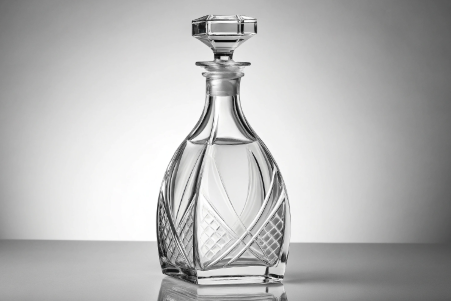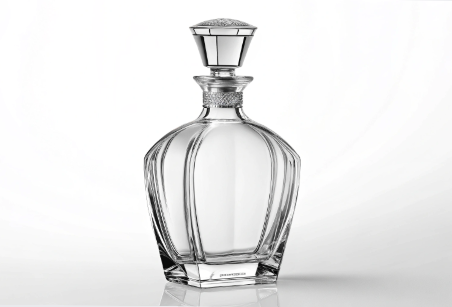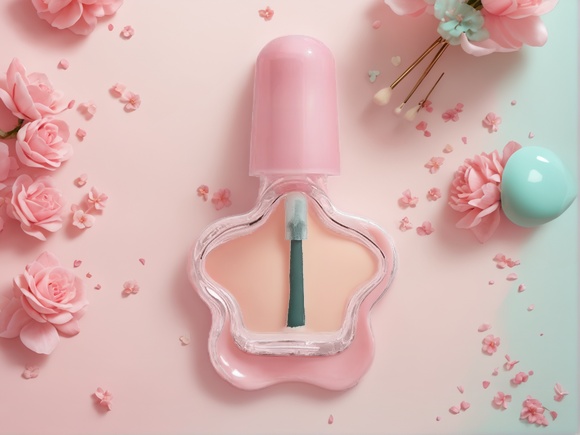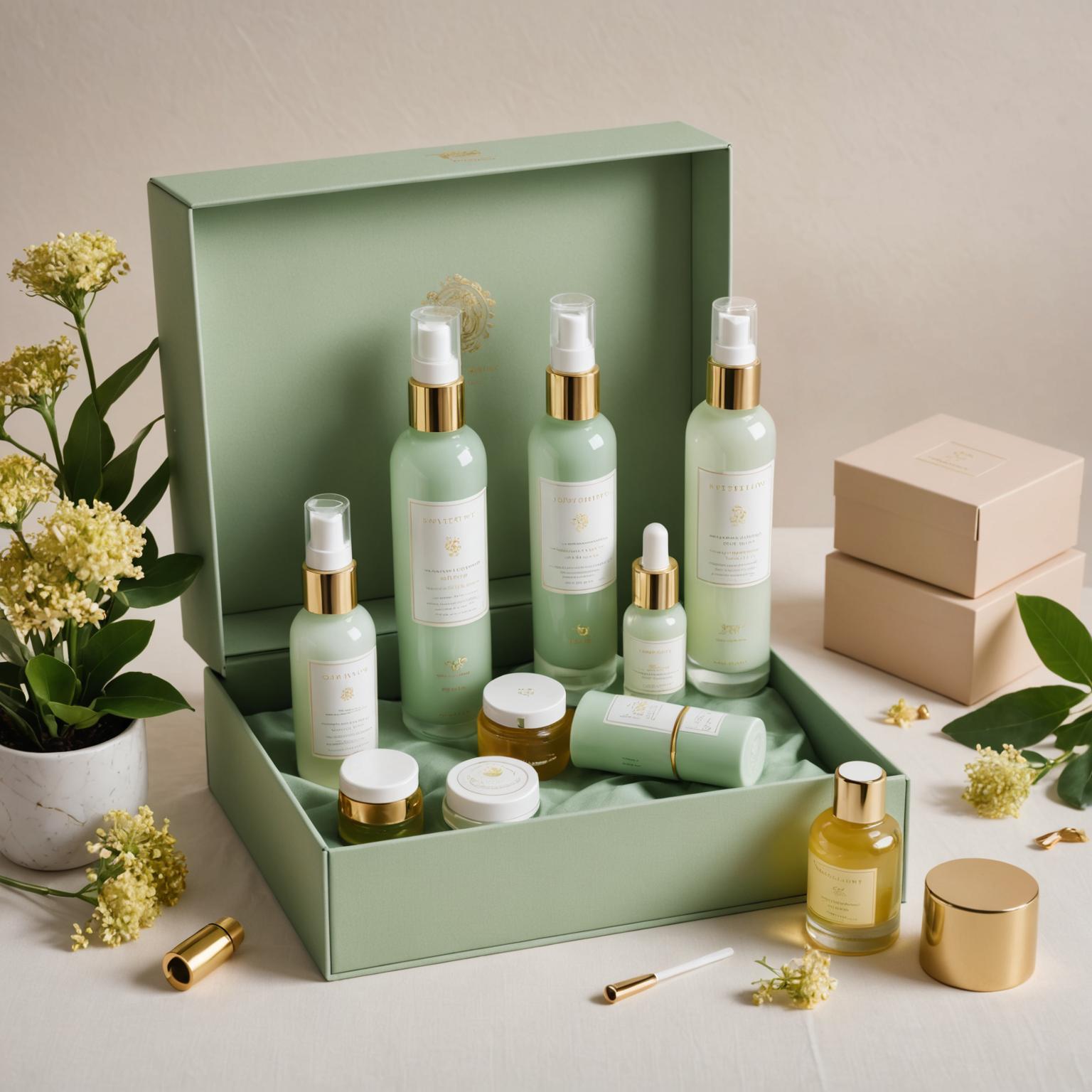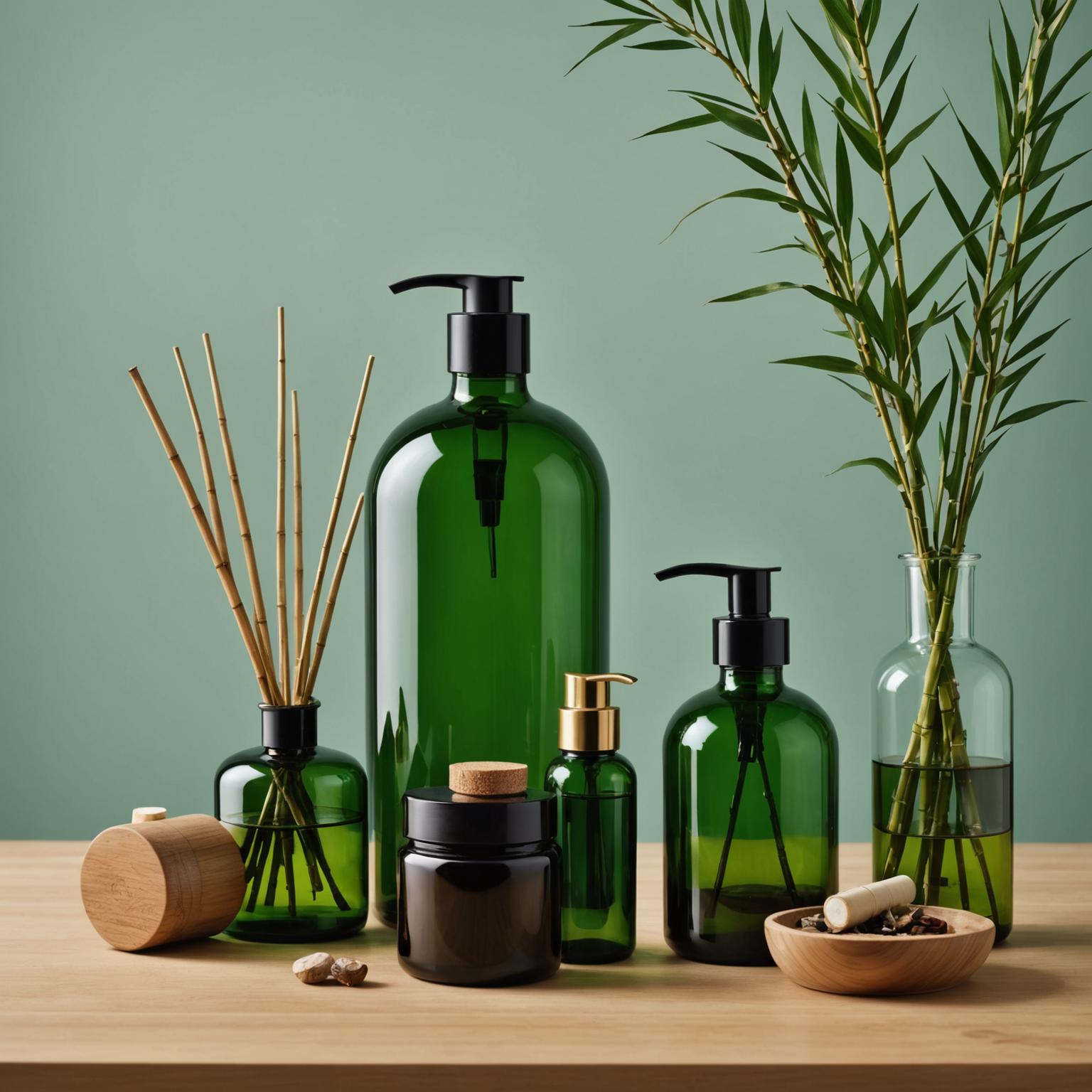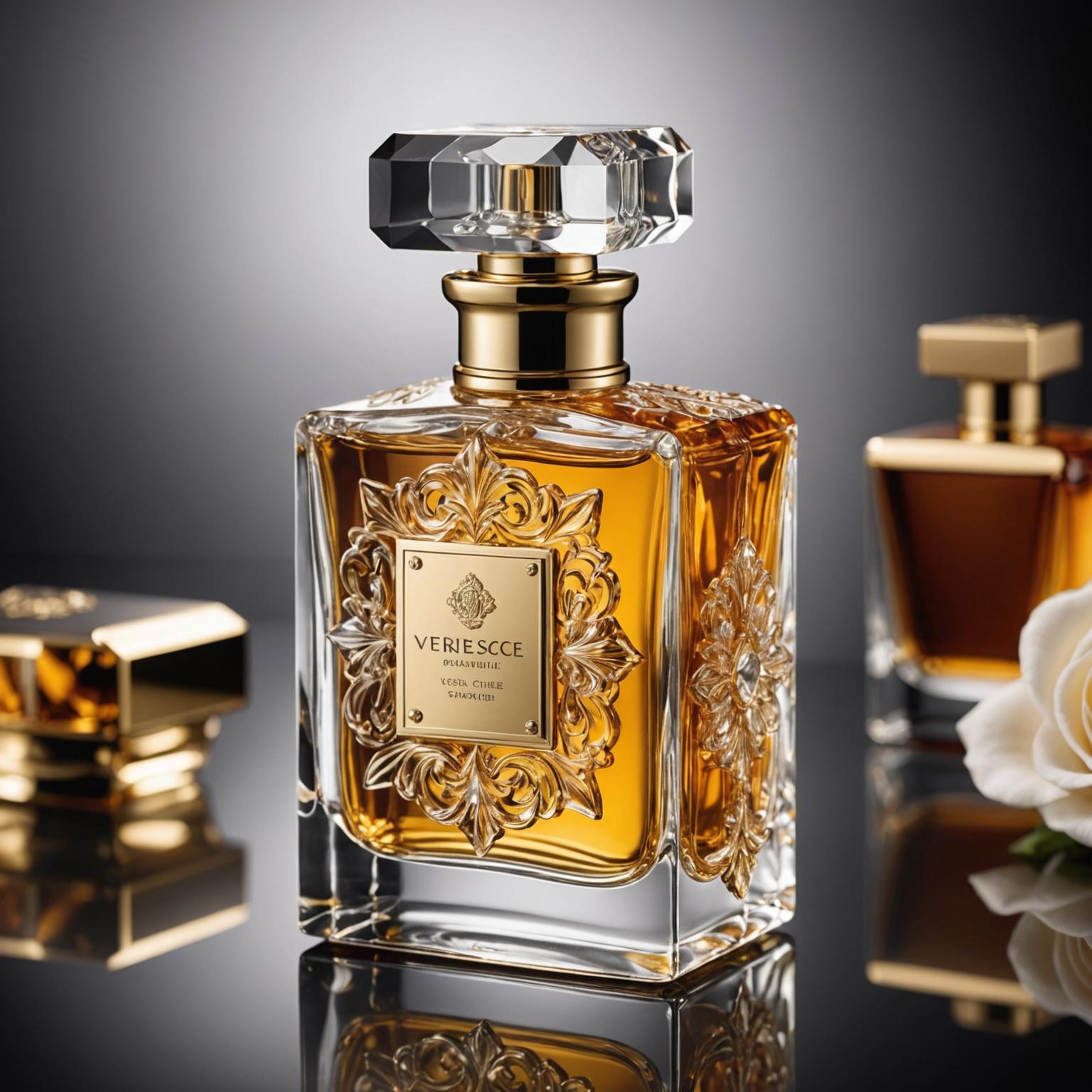Understanding the variety of liquor bottle sizes is crucial for consumers, retailers, distributors, and manufacturers alike. Whether you are stocking a bar, launching a new brand, or simply curious about the packaging of your favorite spirits, knowing the differences in bottle sizes helps you make informed decisions. This comprehensive guide delves into the history, terminology, uses, and significance of various liquor bottle sizes. It also explores trends in packaging innovation, sustainability, and branding, with a special mention of PauPack (www.paupacking.com), a leader in creative and sustainable glass packaging solutions.
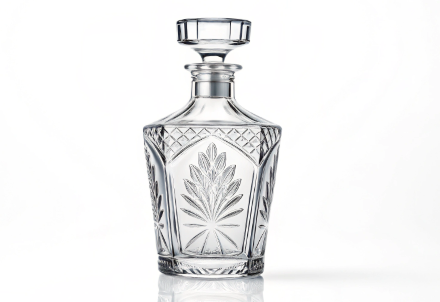
Table: Common Liquor Bottle Sizes and Their Volumes
| Bottle Type | Volume (Milliliters) | Volume (Fluid Ounces) | Typical Use/Notes |
|---|---|---|---|
| Miniature (Nip) | 50 | 1.7 | Airline, samples, gift sets |
| Half Bottle | 375 | 12.7 | Small servings, sampling |
| Standard Bottle | 750 | 25.4 | Most common size, personal use |
| Liter | 1000 | 33.8 | Larger parties, bars |
| Magnum | 1500 | 50.7 | Celebrations, premium packaging |
| Jeroboam | 3000 | 101.4 | Large events, collectible |
| Methuselah | 6000 | 202.8 | Rare, luxury, display |
| Salmanazar | 9000 | 304 | Ultra-large, collector’s item |
| Balthazar | 12000 | 405 | Ultra-large, luxury |
| Nebuchadnezzar | 15000 | 507 | Ultra-large, very rare |
Introduction
Liquor bottlescome in a wide range of sizes, each serving different purposes and markets. The standard 750 ml bottle is the most widely recognized size globally, but many other sizes exist to cater to various consumer needs, cultural preferences, and marketing strategies. This guide provides a detailed understanding of these sizes, their origins, and their practical applications.
Historical Context of Liquor Bottle Sizes
The standard 750 ml bottle size has its roots in the U.S. Prohibition era and international trade standards. Before metrication,bottleswere often measured in fractions of a gallon, with the “fifth” (one-fifth of a gallon) becoming the standard size for spirits in the United States. The 750 ml size was later adopted internationally as the standard for wine and spirits, facilitating global trade and regulatory consistency.
Smaller bottles, such as miniatures, emerged to meet the needs of travelers, promotional campaigns, and sampling. Larger bottles like magnums and jeroboams have historical significance in celebrations and luxury markets, often associated with prestige and exclusivity.
Detailed Overview of Liquor Bottle Sizes
Miniature or Nip Bottles (50 ml)
Miniature bottles, commonly called “nips,” hold 50 ml or about 1.7 fluid ounces of liquor. These tinybottlesare perfect for sampling, travel, and gifting. They allow consumers to try new spirits without purchasing a full bottle and are widely used in airline duty-free shops, hotel minibars, and promotional giveaways.
Miniatures are also popular for collectors and enthusiasts who enjoy tasting a variety of brands and styles. Their compact size makes them convenient for storage and transport.
Half Bottles (375 ml)
Half bottles contain 375 ml or roughly 12.7 fluid ounces. They are practical for consumers who want smaller quantities, whether for limited consumption, sampling, or gifting. Half bottles are common in bars and restaurants for specialty cocktails or limited editions.
This size is also favored by consumers who wish to explore different spirits without committing to a full bottle. Halfbottlesoften come with the same branding and design as their larger counterparts, maintaining brand consistency.
Standard Bottles (750 ml)
The 750 ml bottle is the global standard for liquor packaging. It balances convenience, cost, and storage efficiency. This size is suitable for personal use, gifting, and retail. It is the most widely recognized and accepted bottle size in the spirits industry.
The 750 ml bottle’s popularity is reinforced by regulatory frameworks and consumer habits. It fits well on retail shelves and in home bars, making it the default choice for most brands.
Liter Bottles (1000 ml)
One-liter bottles contain 1000 ml or approximately 33.8 fluid ounces. They are popular among frequent entertainers, bars, and clubs due to their larger volume and cost-effectiveness. Liter bottles often provide better value per ounce and reduce the need for frequent restocking.
These bottles are also preferred in some international markets where the liter is the standard measurement. Their larger size makes them less portable but ideal for social gatherings.
Magnum Bottles (1500 ml)
Magnum bottles hold 1.5 liters or about 50.7 fluid ounces. They are often associated with celebrations, premium spirits, and collector’s items. Magnums offer visual impact and are prized for their aesthetic appeal.
In some cases, magnum bottles are believed to enhance the aging process of spirits due to the lower air-to-liquid ratio, though this is more relevant to wine and champagne.
Jeroboam Bottles (3000 ml)
Jeroboam bottles contain 3 liters or approximately 101.4 fluid ounces. These large-formatbottlesare typically used for special occasions, events, and luxury gifting. Their rarity and size make them desirable for collectors and connoisseurs.
Jeroboams are less common in everyday retail but carry significant prestige and are often featured in high-profile celebrations.
Methuselah and Larger Formats (6000 ml and above)
Methuselah (6 liters), Salmanazar (9 liters), Balthazar (12 liters), and Nebuchadnezzar (15 liters) represent ultra-large bottle sizes mainly used for display, luxury gifting, and collector’s purposes. These bottles are rare, expensive, and often produced in limited editions.
Such large bottles are typically seen in auctions, special events, or as statement pieces in luxury settings. They symbolize opulence and exclusivity.
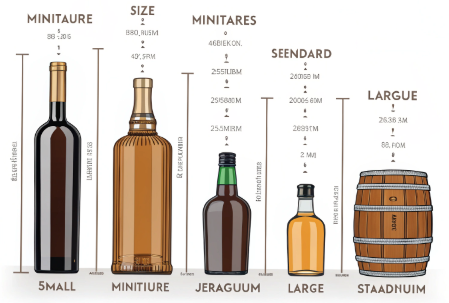
Factors Influencing Liquor Bottle Size Selection
Consumer Preferences
Different markets have varying preferences for bottle sizes. For example, miniatures are popular in travel retail and gifting, while standard bottles dominate everyday consumption. Larger bottles appeal to collectors and event organizers.
Cost and Value
Larger bottles often offer better value per volume but require higher upfront investment and storage space. Smallerbottlesallow for portion control and reduce waste.
Branding and Marketing
Unique bottle sizes and shapes can enhance brand identity and shelf appeal. Limited editions and collectible sizes create buzz and attract enthusiasts.
Regulatory Considerations
Bottle sizes must comply with local laws and labeling requirements, which vary by country and region.
Logistics and Storage
Size affects transportation costs, shelf space, and inventory management. Businesses must balance these factors with consumer demand.
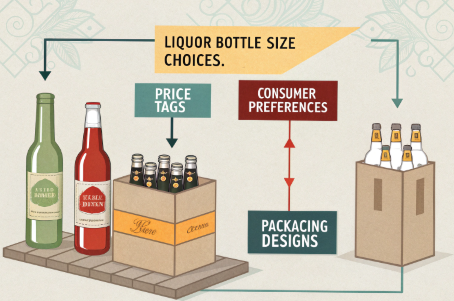
Specialty and Collectible Bottles
The liquor industry frequently releases limited edition bottles with unique designs, artistic labels, and premium materials such as crystal or precious metals. These collectible bottles often appreciate in value and serve as status symbols. Brands use these editions to celebrate milestones, collaborations, or heritage.
Innovations in Liquor Bottle Packaging
Sustainability
Manufacturers are adopting recycled glass, lightweightbottles, and biodegradable closures to reduce environmental impact. PauPack (www.paupacking.com) is a leader in this space, offering sustainable packaging solutions that combine aesthetics and responsibility.
Customization
Personalized bottles with etched names, custom labels, and unique shapes are popular for gifting and brand differentiation.
Smart Packaging
Integration of QR codes, NFC tags, and augmented reality enhances consumer engagement and product authentication.
Design Innovation
Creative shapes inspired by brand heritage, product origin, or cultural motifs help brands stand out.
Practical Considerations for Consumers and Businesses
Storage Space
Smaller bottles save shelf space; largerbottlesrequire more room.
Budget
Larger bottles offer better cost per volume but higher initial cost.
Consumption Patterns
Smaller bottles suit occasional drinkers; larger bottles fit frequent use.
Gifting
Unique or largebottlesmake impressive gifts.
Sampling
Miniatures and sampler packs allow exploration of different spirits.
PauPack’s Role in Liquor Bottle Packaging
PauPack (www.paupacking.com) is a leading innovator in sustainable and creative glass packaging solutions. With expertise in custom glass bottle design, eco-friendly materials, and comprehensive B2B services, PauPack helps liquor brands differentiate themselves in a competitive market. Their offerings include a wide range of bottle sizes and shapes, tailored closures, and private labeling options. PauPack’s commitment to sustainability aligns with the industry’s growing environmental focus, making them a preferred partner for brands seeking quality and responsibility.
Summary Table of Liquor Bottle Sizes and Uses
| Size | Volume (ml) | Volume (oz) | Typical Use | Notes |
|---|---|---|---|---|
| Miniature (Nip) | 50 | 1.7 | Samples, travel, gifts | Portable, convenient |
| Half Bottle | 375 | 12.7 | Sampling, small servings | Popular in bars, gift sets |
| Standard | 750 | 25.4 | Most common size | Widely accepted, balanced volume |
| Liter | 1000 | 33.8 | Parties, bars | Cost-effective, larger volume |
| Magnum | 1500 | 50.7 | Celebrations, premium packaging | Collector appeal, visual impact |
| Jeroboam | 3000 | 101.4 | Large events | Rare, luxury |
| Methuselah | 6000 | 202.8 | Display, collectors | Ultra-large, limited edition |
| Salmanazar | 9000 | 304 | Ultra-large, collector’s item | Very rare |
| Balthazar | 12000 | 405 | Luxury, display | Extremely rare |
| Nebuchadnezzar | 15000 | 507 | Ultra-luxury, display | Most rare, very expensive |
Conclusion
Liquor bottle sizes vary widely to meet diverse consumer needs, occasions, and marketing strategies. From the convenient miniaturebottlesto the grand magnums and beyond, each size serves a unique purpose. Selecting the right bottle size depends on factors such as consumption habits, occasion, budget, and branding strategy.
Sustainability and customization are key drivers of packaging innovation today. PauPack (www.paupacking.com) exemplifies this trend by offering eco-friendly, creative, and comprehensive packaging solutions tailored to brand needs. Their expertise in bottle design and sustainable materials makes them a valuable partner for brands looking to stand out while minimizing environmental impact.
Whether stocking your home bar, planning a celebration, or launching a new spirit brand, this guide equips you with the knowledge to choose the perfect liquor bottle size for every occasion. Cheers to informed choices and memorable experiences!




